Porsa, Guatemala| Selected micro-batch Pakamara thematic report, global limit of 138 km
For professional baristas, please follow the coffee workshop (Wechat official account cafe_style)
Huehuetenango
Guatemala Finca La Bolsa
Chateau Polsa, Guatemala
Country: Guatemala
Producing area: Vivette Nanguo
Manor: Polsa Manor
Altitude: 1500 m
Variety: Pacamara
Treatment: washing

| 01 | production area profile |
Guatemala is bordered by Mexico to the north and El Salvador and Honduras to the south. This country, which mainly grows and exports coffee, has fertile soil suitable for coffee trees, suitable climate, abundant water resources and high altitude planting height. Its territory also has many well-known producing areas, such as Antigua, Vivette Nanguo, Koban and so on. Vivette Nango and Antigua are best known to coffee lovers. Vivette Nan Fruit is located in the highlands of northwestern Guatemala, growing at an altitude of 1800-2100 meters. It is the highest coffee-producing area in the country and is famous for producing high-quality beans.
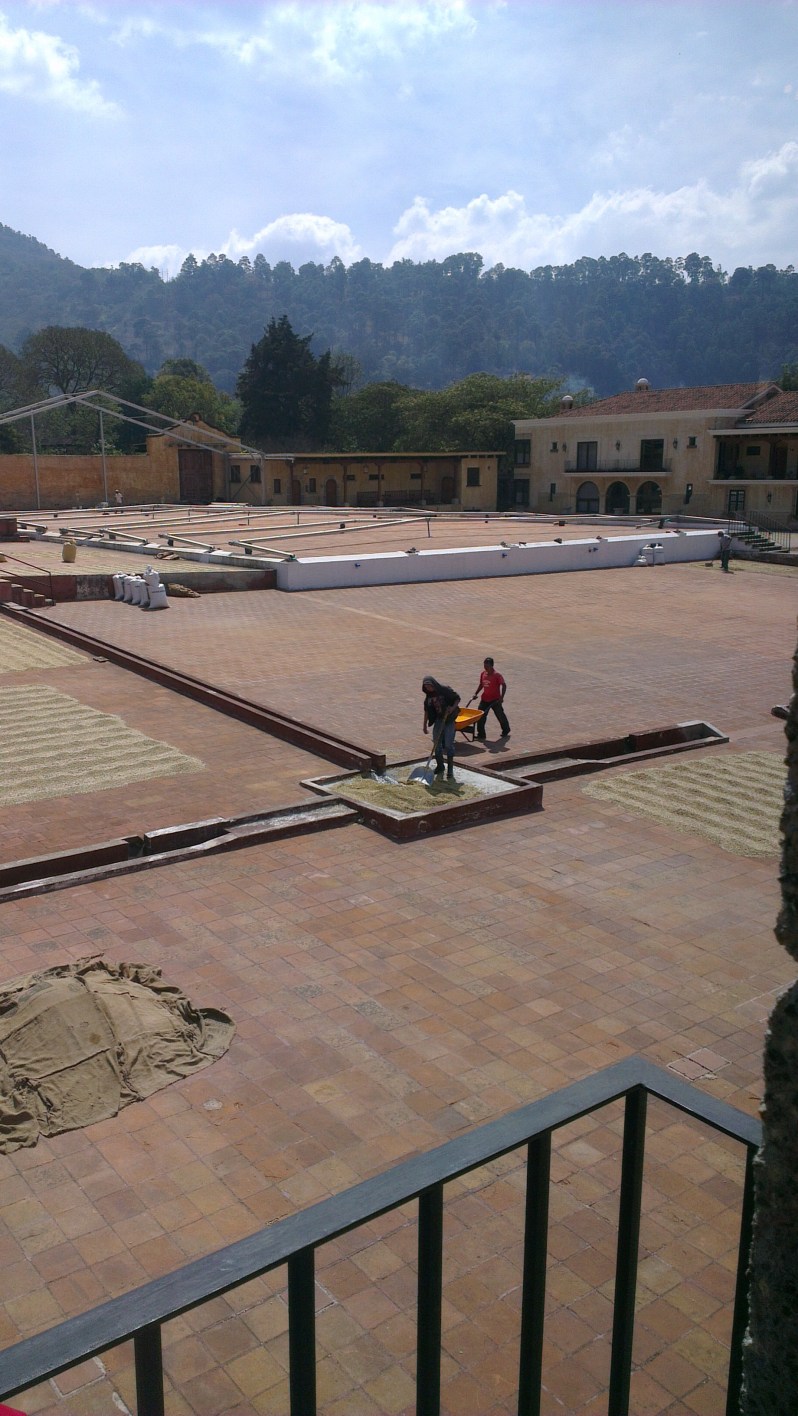
French missionaries introduced coffee to Guatemala and there were coffee farmers growing throughout the country as early as the mid-18th century. In the mid-19th century, Guatemala became an important exporter of crops. Today, there are an estimated 125000 coffee producers in the coffee industry of Guatemalan farmers. Coffee is one of Guatemala's main exports, accounting for 40 per cent of all agricultural export earnings.
Today, coffee is grown in 20% of the 22 sectors in Guatemala, surrounded by 270000 hectares of coffee, almost all of which (98%) is grown in the shade. Production in the country is made almost entirely by Arabica and the most commonly used washing methods, but natural sun and semi-washing methods are becoming more and more popular. Guatemala's high-altitude areas benefit from up to 300 unique microclimates. Currently in most areas, and with mineral-rich soils.
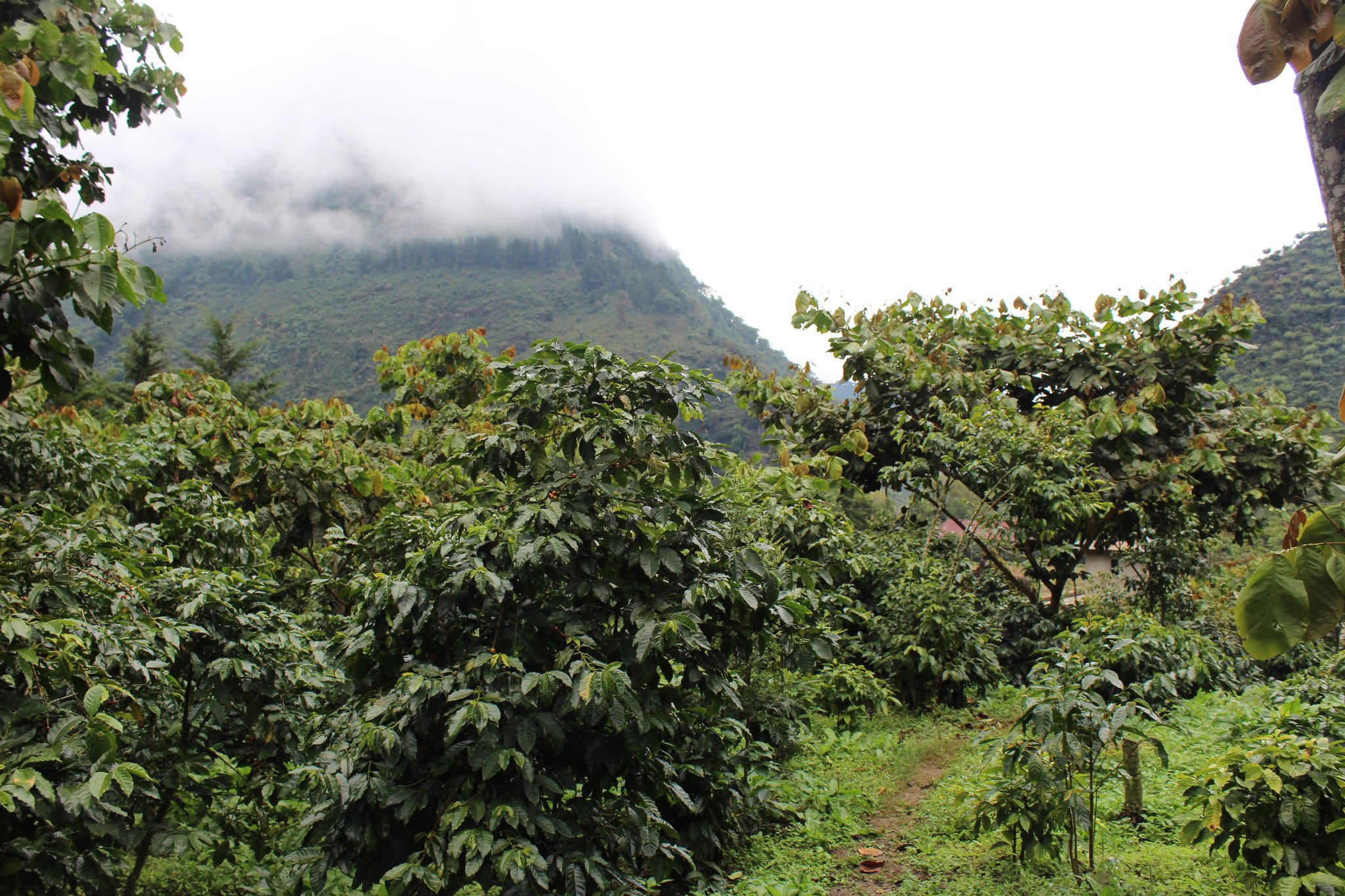
Introduction to Polsa Manor
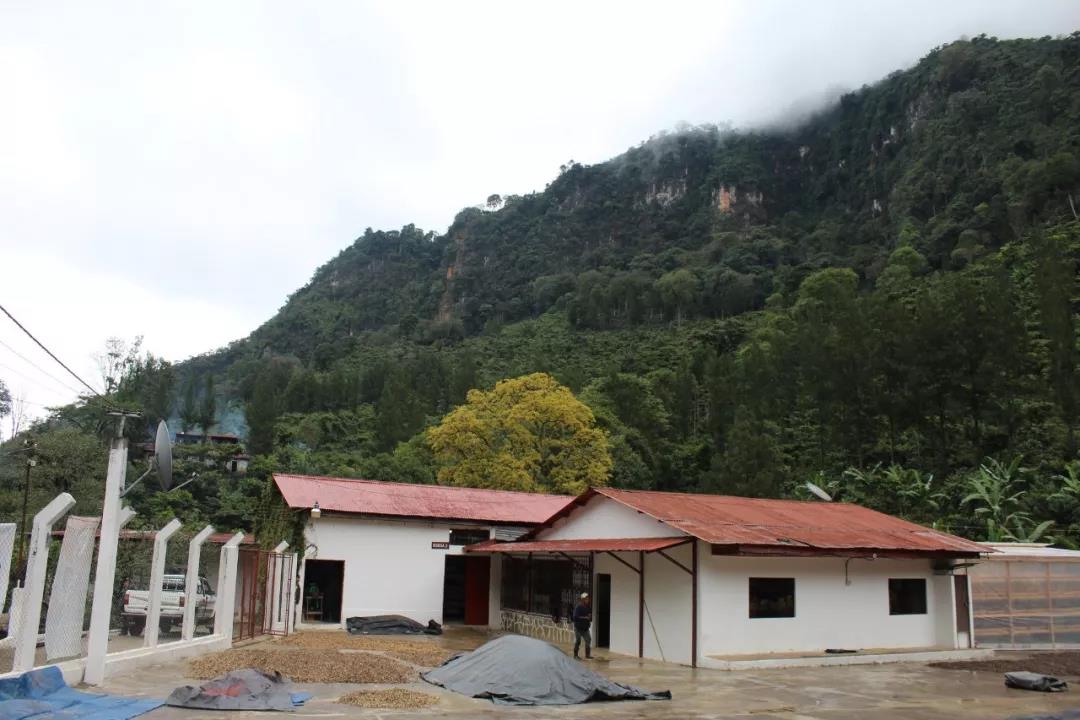
Polsa Manor, located in the province of Laliberta in Guatemala, produces coffee of stable quality. the coffee produced by this estate has won a number of coffee cup test awards, and their coffee is often seen in various barista competitions.
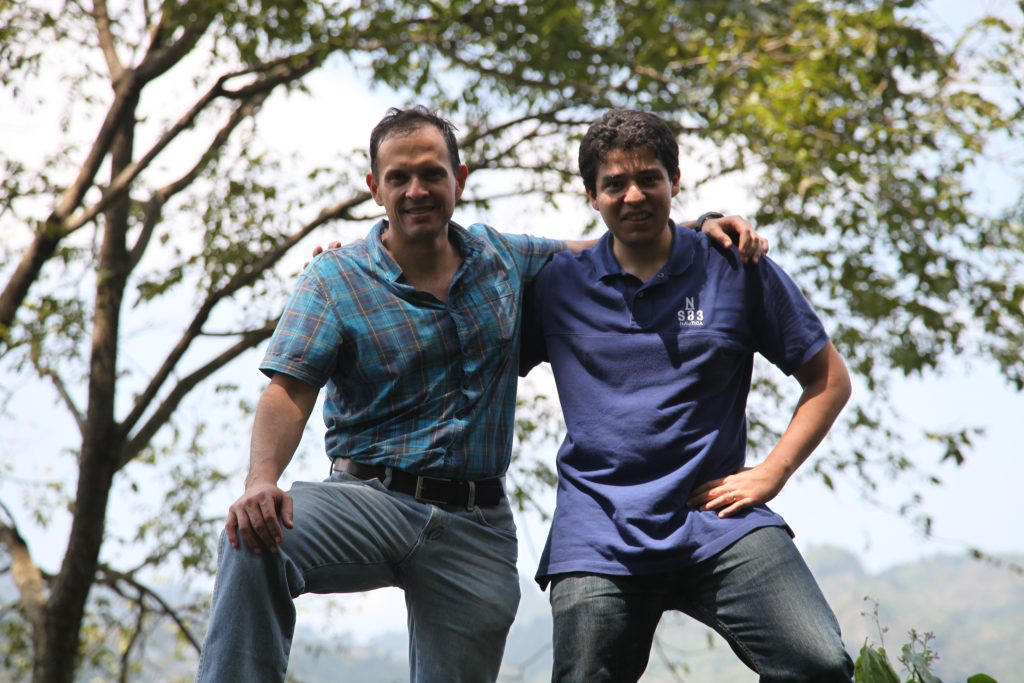
Polsa Manor is adjacent to the most famous Incht estate in Guatemala, and the quality produced is indistinguishable and is often difficult to choose in a variety of competitions.
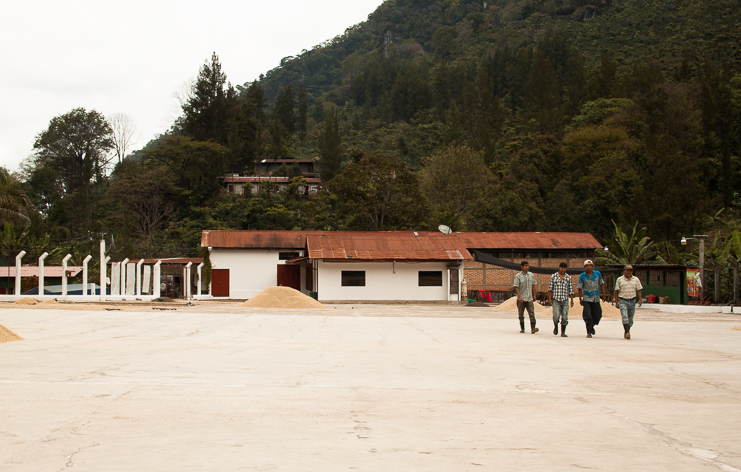
In 1956, Dr. George Jorge Vides (Dr. Jorge Vides) bought the fertile land and began his career of growing coffee. Now it is the third generation of Mr. Renardo Ovalle to manage the estate.
Bought by a prominent medical expert, the land was not used for coffee production in 1958. Jorge has won several awards for his coffee production and service in the Weitnango area, which has been named after him in the coffee growing community as well as the main hospital. Polsa competed in the 2002 Excellence Cup coe and ranked second, scoring 94.98.
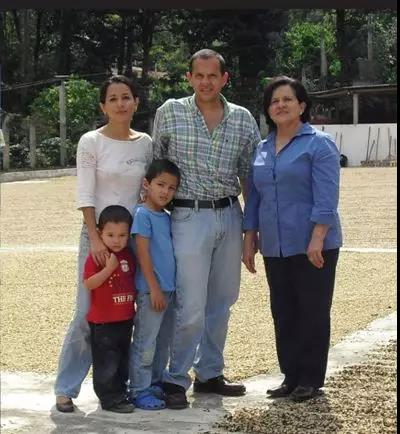
The Peters family located the estate at its core in the valleys of the Cuchumatanes Mountains, through which two rivers pass, setting up many daily institutions along the riverbank, such as schools, farmhouses, hydroelectric farms and, most importantly, raw bean washing plants and drying plants.
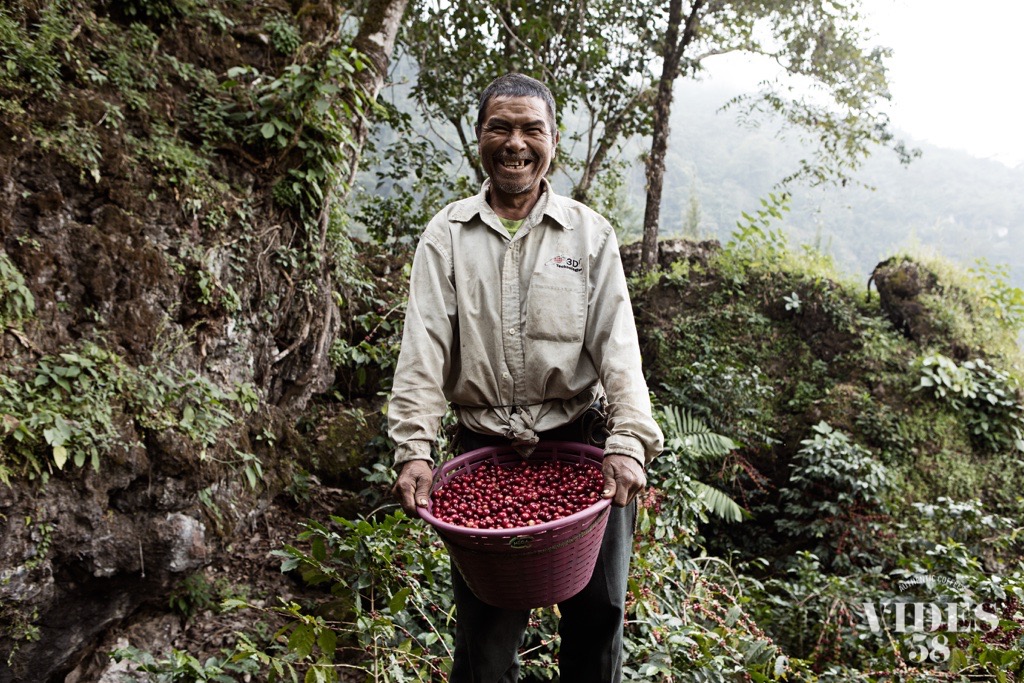
Of the current land area of about 100 hectares, 80 hectares are used to grow coffee trees and use organic compost and water sources produced by the natural environment. Most of the local coffee trees are 15 years old, with three to four pruning times a year, three to four times of pest control, three to four times of fertilization, and four times of harvest during the harvest season, unlike other Guatemalan estates. because the mountain is very steep, all the work must be done by hand, which strengthens the quality of coffee, but also makes the production work very hard.

In 2002, Polsa Manor won second place in the Excellence Cup in Guatemala, winning the title with a high score of 94.98.
In 2005, Polsa Manor was selected by Anacafe and German channel DWTV as the protagonist of Vivetnam's coffee documentary to shoot how to produce high-quality coffee in Guatemala, which is now well known in coffee producing areas around the world.
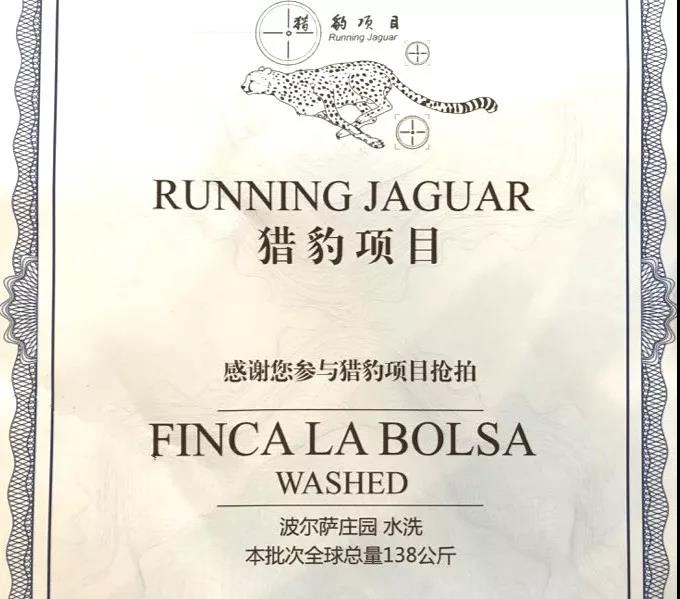
This batch is the micro-batch [washed Pacamara] of the cheetah project, with a global limit of 138 kg. Excellent coffee varieties, excellent geographical environment, coupled with meticulous processing, to get this rare [micro-batch] boutique coffee beans.
Polsa is located between two mountains, which provides a very stable, humid microclimate. This combined with the fertile limestone soil gives coffee a very unique flavor-malic acid and citric acid.

LA BOLSA
02 | processing method

Coffee washing began in the mid-18th century. In the washing process, the pulp of the coffee fruit is first removed, and then the mucous membrane remaining on the endocarp is removed in a fermentation tank. After washing, the beans are dried.
The washing method removes impurities and defective beans through each step, so the appearance of the beans is uniform, and it is generally considered to be a high-quality raw bean.
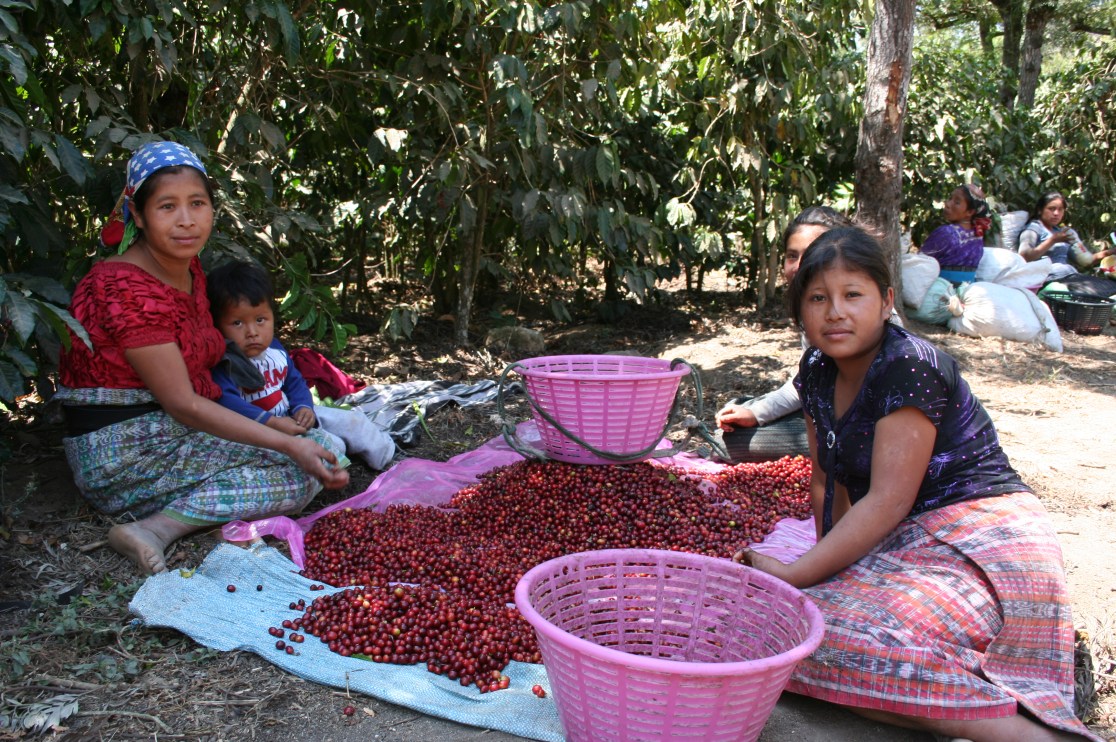
But the biggest disadvantage of washed coffee is that coffee beans are easy to get the stench of fermentation during fermentation. Beans will be stained with the smell of fermentation, most of which are due to the lack of management and maintenance of the fermentation tank. The microbes that soak the coffee beans with mucous membrane on the endocarp in the fermentation tank will cause the coffee beans to be stained with fermented flavor.
In addition, the equipment cost of coffee washing method is high, and the washing steps are also quite laborious.

Washing steps:
1. Choose beans:
Put the harvested fruit in a water tank and soak for about 24 hours. At this time, ripe fruit will sink, while immature and overripe fruit will float up and can be removed.
two。 Remove the pulp:
Use a machine to remove the peel and pulp, leaving only coffee beans wrapped in endocarp. At this time, there is a layer of mucous membrane on the outside of the beans, and the process of washing is to wash this layer of mucous membrane.
3. Hair alcohol:
The adhesion of the mucous membrane is very strong and is not easy to remove. It must be placed in the slot for about 18-36 hours to make it alcohol and decompose the mucous membrane. In the process of producing alcohol, the seeds and internal pulp will produce special changes, which is one of the steps that most affect the flavor of coffee. Some farms add hot water or alcohols to speed up the production of alcohol.
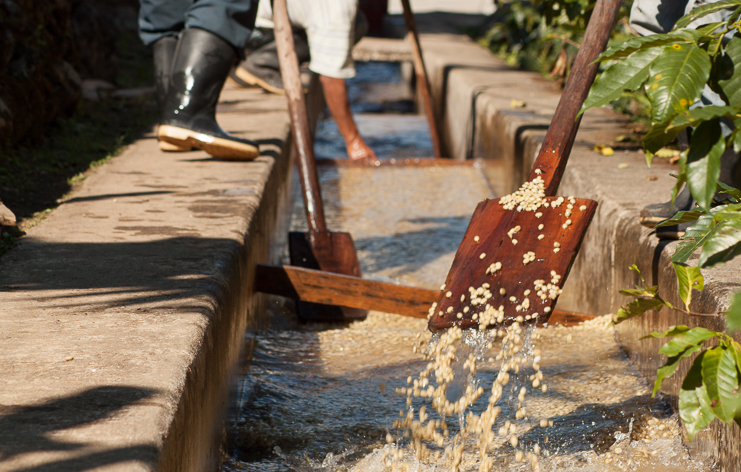
4. Washing:
Farms that use the washing method must build washing ponds and be able to introduce an endless supply of running water. During the treatment, the finished beans are put into the pool and passed back and forth, using the friction of beans and the power of running water to wash the coffee beans until smooth and clean. Harvest coffee fermented between 18 and 24 hours, then cleaned with mucus, graded in a separate tank and soaked overnight.

5. Dry:
After washing, at this time, the coffee beans are still wrapped in the pericarp with a moisture content of 50%. They must be dried to reduce the moisture content to 12%, otherwise they will continue to be mellow, moldy and rotten. The better treatment is to use sunlight to dry, although it will take 1-3 weeks, but the flavor is very good and very popular. In addition, machine drying is used in some places, which greatly shortens the processing time and makes the flavor not as good as that of sun-dried coffee.
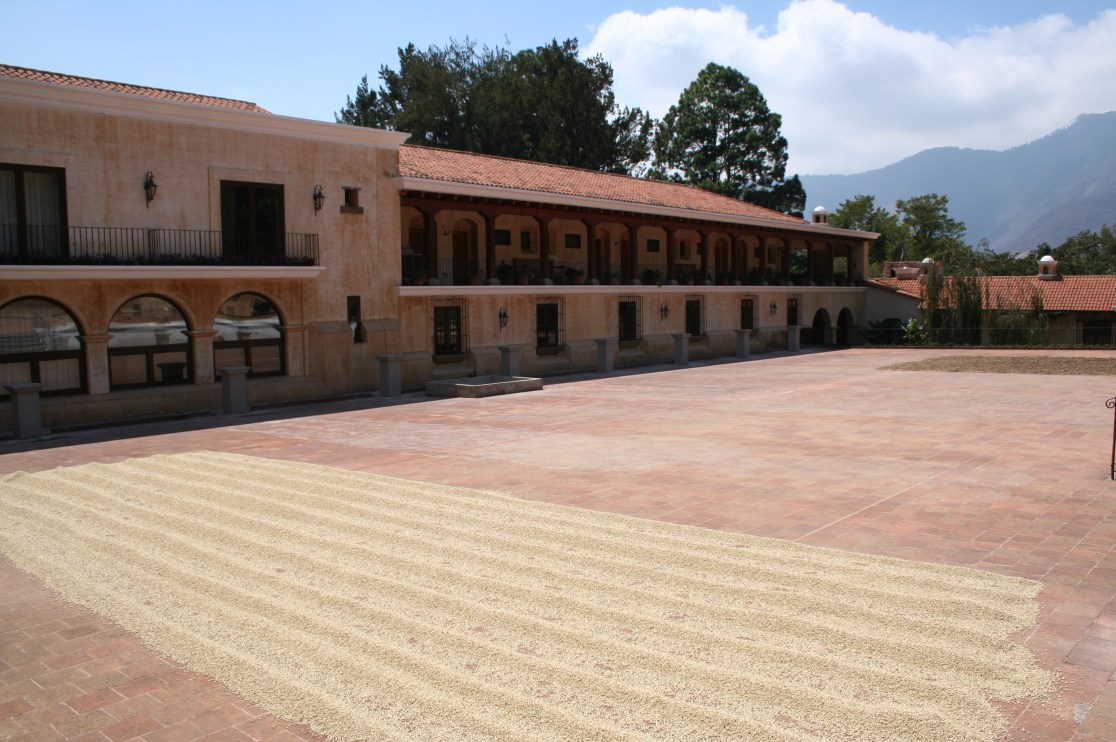
03 | Analysis of raw beans
Pacamara is a hybrid of Pacas Pacas and Marago Rippi Maragogype found in El Salvador in 1950. Inheriting the mild quality of Sino-American coffee, the whole is soft, slightly sour and has a beautiful sweetness. At the same time, it also has its own characteristics: the aromatic taste is slightly sour and very soft; it is pure without miscellaneous flavor, good balance, and the smooth feeling like cream chocolate is impressive; the dense feeling of coffee in the mouth gives the coffee a deep taste and a long finish.
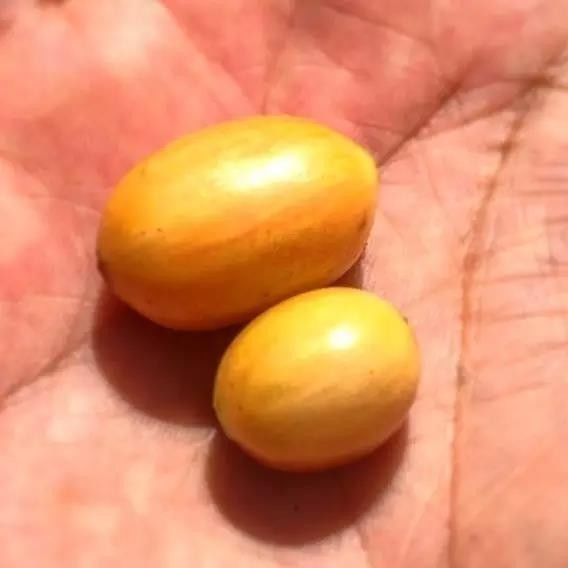
First bred by researchers in El Salvador in 1958, Pacamara is a rare artificially bred excellent variety, with both the excellent taste of Pacas and the large size of Maragogype, and the bean body is at least 70% or 80% the size of the bean. It was first cultivated by researchers in El Salvador in 1958. Pacamara is an excellent variety under rare artificial breeding, which is better than blue, and perfectly inherits the advantages of the mother plant. Both the excellent taste of Pacas and the large size of Maragogipe are inherited by raw bean granules. The bean body is at least 70% and 80% of that of elephant beans, with more than 17 orders and more than 100% and more than 18 eyes. Average bean length 1.03 cm (average bean 0.8-0.85 cm) average bean width 0.71 cm (average bean 0.6-0.65), thickness 0.37 cm, bean shape plump and round
The biggest characteristic of this variety is that it is sour, lively and tricky, sometimes biscuit and sometimes fruity, with excellent thickness and grease.
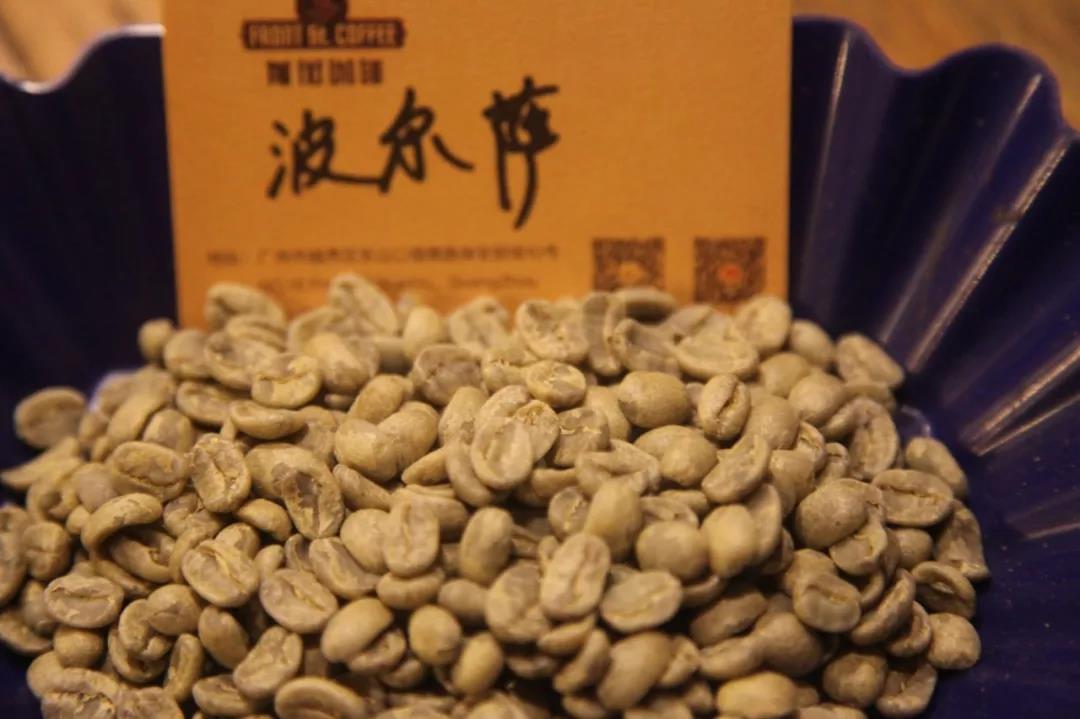
04 | Baking analysis
The variety of this coffee is giant bean [Pacamara] with relatively large granules and high density, and the newly produced kidney beans have high moisture content. In the baking process, the heat absorption is also relatively fast, the Mena reaction process is also relatively fast, the yellowing point is about 5 minutes, in the first batch of baking, the bean temperature is relatively high, the bean temperature is 200 degrees, and the firepower is also relatively high. in the baking process, gradually adjust the firepower according to the need, in the bean into the yellowing point, dehydration finished, an explosion precursor respectively adjust the firepower to avoid bean burns. Under this operation method, the dehydration time of coffee is relatively shortened, the heating rate is 6-8 degrees every 30 seconds, and enters an explosion earlier, preserving more flower and fruit aroma, clean and bright acidity.

Roaster Yangjia 600g semi-direct fire
Enter the pot at 200 degrees Celsius, adjust the firepower to 160 degrees after opening the throttle for 30 seconds, keep the throttle unchanged, the temperature return point is 1: 45 ", keep the firepower, at 5: 00" the bean surface turns yellow, the smell of grass disappears completely, enter the dehydration stage, the firepower is reduced to 130 degrees, and the throttle is adjusted to 4.
The 7th '50th' was dehydrated, and when the firepower dropped to 80: 00, ugly wrinkles and black markings appeared on the bean surface, and the smell of toasted bread obviously changed to coffee, which can be defined as a prelude to an explosion. At this time, listen carefully to the sound of the explosion point. Start the explosion at 8: 15 ", turn the firepower down to 50, and the throttle is fully open 5 (the firepower should be very careful, not so small that there is no burst sound), and develop 1: 50 after an explosion." Put it in the pot at 194 degrees.

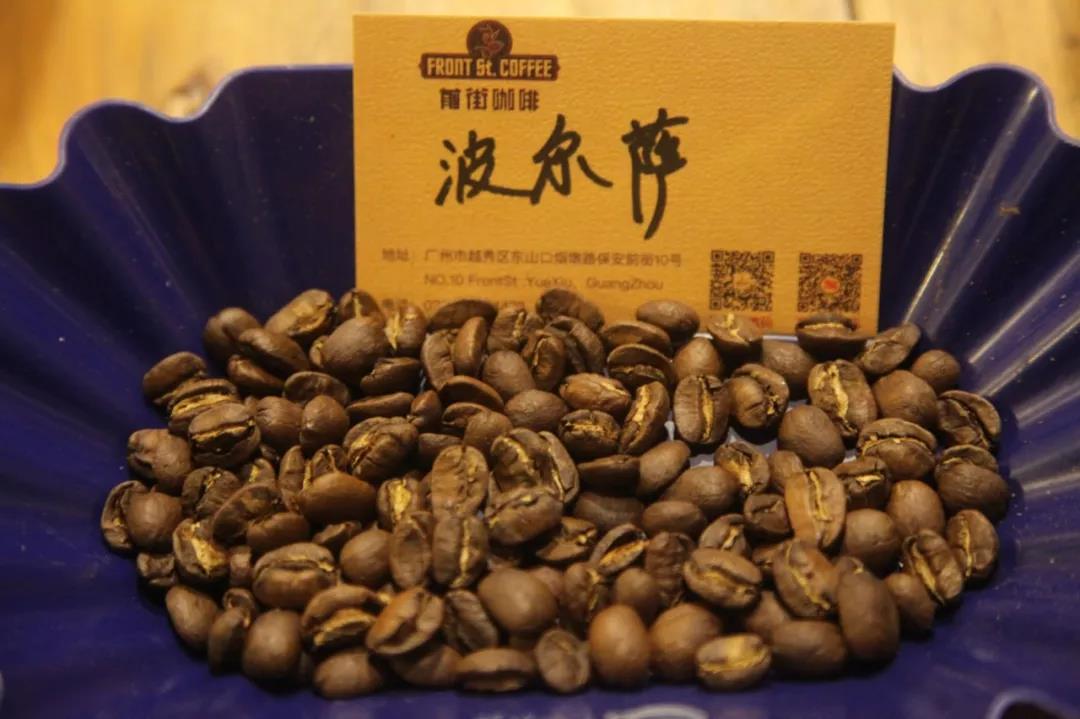
Results of the Cup
This polsa is amazing, sour and soft, with sour aromas of lemon, passion fruit and plums, with aromas of brown sugar, and the taste is constantly changing with the change of temperature.

05 | Cooking analysis
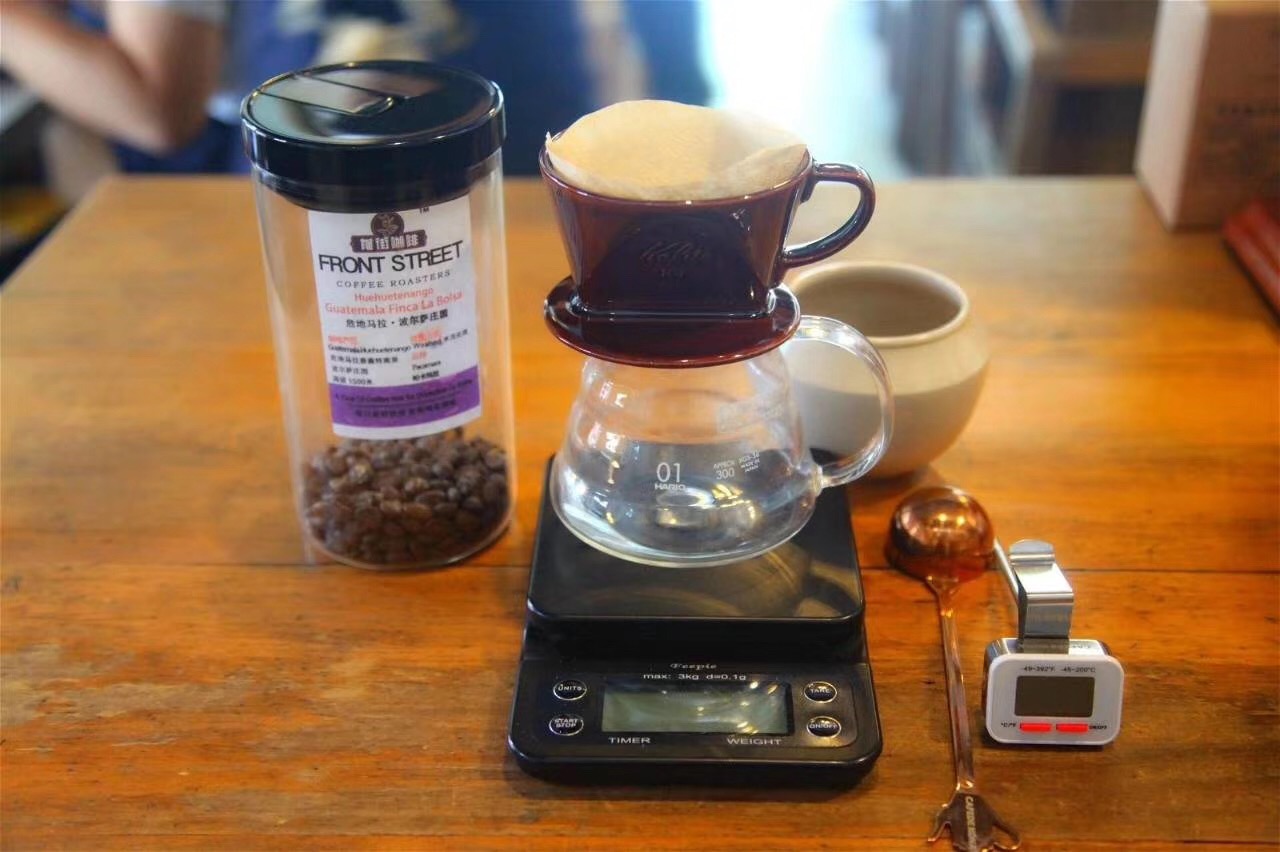
V60 is used a lot, and occasionally it needs a change of taste, so let's use kalita to make a pot of Polsa.
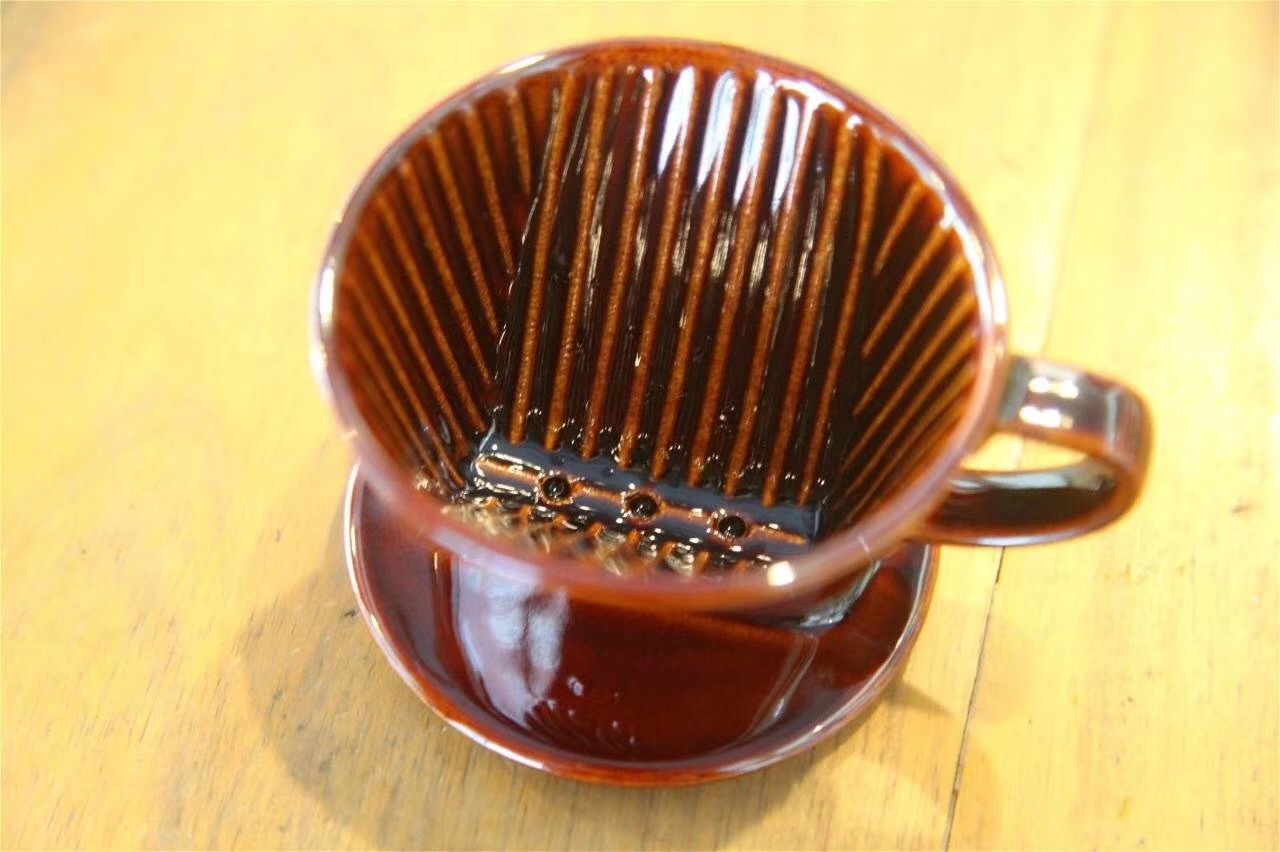
This bean has been grown for a week, and it is the best period for 15 grams of beans, a grinding degree of 3.5 for Fuji, and a water temperature of 90 degrees.

It smells of caramel and ripe fruit, with sour aromas of plums, passion fruit and lemon in the front, sugar and honey in the middle, and a hint of brown sugar in the finish. The caffeine brewed from V60 is thicker and richer.

Other cups
Recommended method: hand flushing
Degree of grinding: small Fuji 3.5
Filter cup: V60
Water temperature: 90 ℃
Gouache ratio: 1:15
Duration: 1, 39, 55, 2, 39, 00.
Brewing and cooking techniques:
Steam with 30g water for 30s, pour water to 110g for stages, and slowly inject water to 225g
That is to say, 30 Mutual 110, 225.
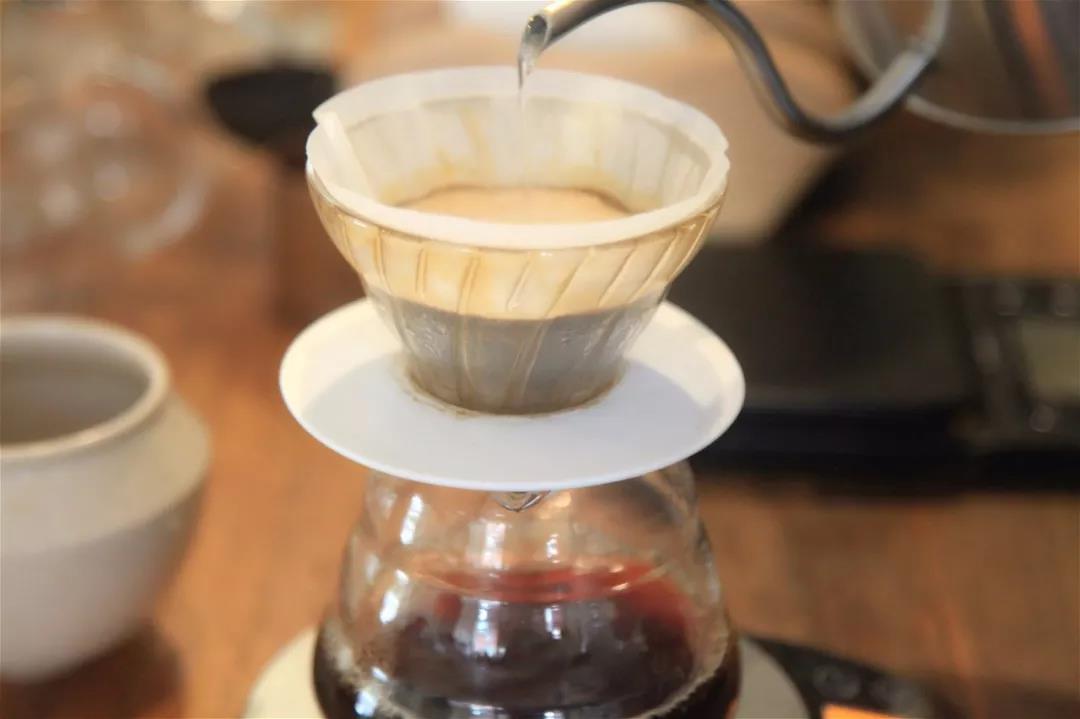
Bean grinder
Grinding degree
Powder quantity
Filter cup
BG
4M
15g
V60
Water temperature
Stuffy steam
The second stage of water quantity
The third stage of water quantity
Total time 2:00
90 degrees
30g water for 30s
80g
115g
Total water volume: 225g
Sweetness: ☆☆
Acidity: ☆☆
Bitterness: ☆

Purchase Link https://item.taobao.com/item.htm?spm=a1z10.5-c-s.w4002-15673140460.26.41ea6d59WtUdg1&id=571863079054
Important Notice :
前街咖啡 FrontStreet Coffee has moved to new addredd:
FrontStreet Coffee Address: 315,Donghua East Road,GuangZhou
Tel:020 38364473
- Prev

Classification and characteristics of coffee how many kinds of coffee and what brand of coffee tastes good
Professional coffee knowledge exchange more coffee bean information Please pay attention to the coffee workshop (Wechat official account cafe_style) currently there are so many coffee beans around the world that there is no correct number. At present, I know that there are 25 well-known countries that produce coffee beans, each country has a variety of coffee beans with different names, the following is what I found on the Internet, I hope to help you. Pull
- Next

How many kinds and flavors of espresso are there? What kind of coffee do you have in the coffee shop?
Professional coffee knowledge exchange more coffee bean information Please pay attention to the coffee workshop (Wechat official account cafe_style) the common types and names of espresso often have the opportunity to taste different coffee items in different cafes, whether it is espresso or handmade products, each has its own characteristics and attractions. At present, most of the common cafes in the market serve espresso, so
Related
- Detailed explanation of Jadeite planting Land in Panamanian Jadeite Manor introduction to the grading system of Jadeite competitive bidding, Red bid, Green bid and Rose Summer
- Story of Coffee planting in Brenka region of Costa Rica Stonehenge Manor anaerobic heavy honey treatment of flavor mouth
- What's on the barrel of Blue Mountain Coffee beans?
- Can American coffee also pull flowers? How to use hot American style to pull out a good-looking pattern?
- Can you make a cold extract with coffee beans? What is the right proportion for cold-extracted coffee formula?
- Indonesian PWN Gold Mandrine Coffee Origin Features Flavor How to Chong? Mandolin coffee is American.
- A brief introduction to the flavor characteristics of Brazilian yellow bourbon coffee beans
- What is the effect of different water quality on the flavor of cold-extracted coffee? What kind of water is best for brewing coffee?
- Why do you think of Rose Summer whenever you mention Panamanian coffee?
- Introduction to the characteristics of authentic blue mountain coffee bean producing areas? What is the CIB Coffee Authority in Jamaica?

